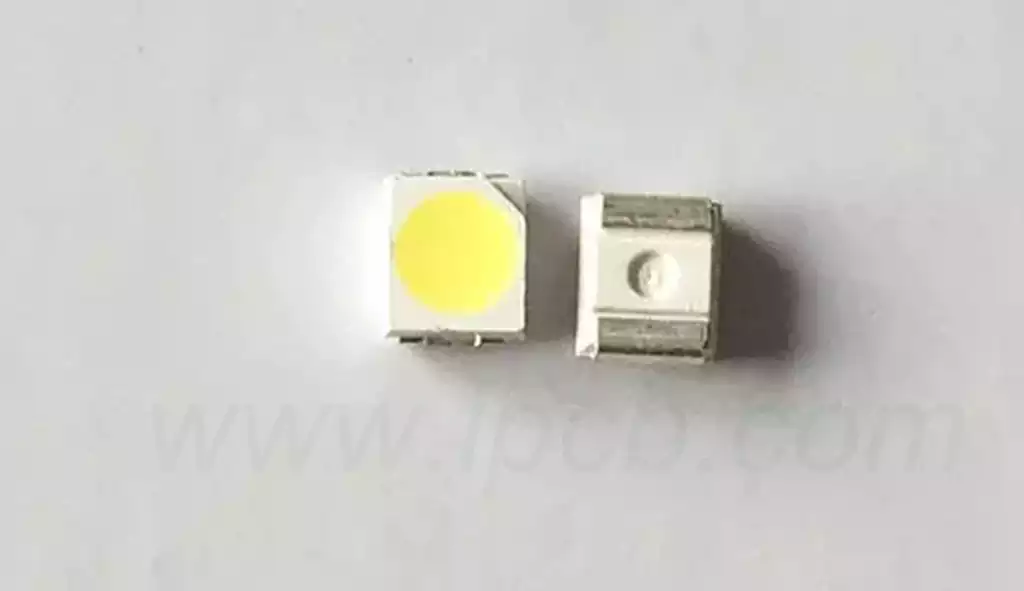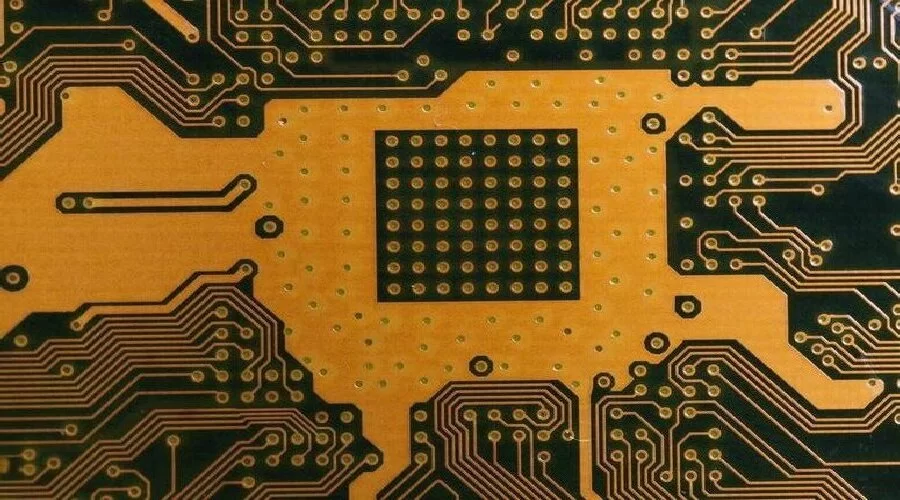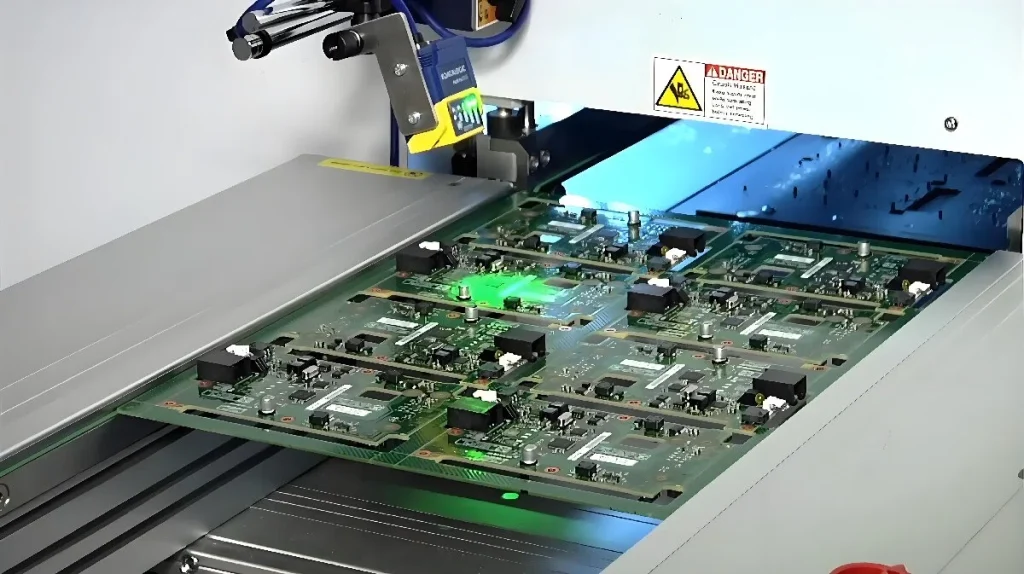In the field of printed circuit boards (PCBs), HASL PCB finish (Hot Air Solder Leveling) is a widely used method. This article provides an in-depth look at HASL PCB finish, including its process, advantages, challenges, and applications. By comparing HASL with other PCB finishes, we aim to offer a thorough understanding of where HASL stands in the industry.
What is HASL PCB Finish?
HASL PCB finish is a process used to apply a protective layer of solder to the surface of a PCB. This finish helps prevent oxidation of the copper traces and improves the board’s solderability. The HASL process involves several key steps to ensure that the PCB is adequately protected and ready for further assembly.

The Process of HASL PCB Finish
The HASL process begins with cleaning the PCB to remove any contaminants or oxidation from the surface. This is crucial because any residue or oxide can impede the solder from adhering properly. The board is then immersed in a molten solder bath, which is maintained at a high temperature to keep the solder in a liquid state.
The solder bath can contain a lead-based alloy or a lead-free alternative. The choice of solder material depends on various factors, including environmental regulations and the specific requirements of the application. Lead-free solders are increasingly used due to restrictions on lead content in many regions.
After immersion, the PCB is subjected to hot air knives that blow off the excess solder. This step, known as the leveling process, ensures that the solder is evenly distributed across the surface of the PCB. The hot air removes any solder that could lead to uneven surfaces or solder bridges, which can cause problems during assembly. Finally, the PCB is cooled, allowing the solder to solidify and form a uniform protective layer over the copper traces.
Types of Solder Used in HASL
The solder used in HASL processes can be either lead-based or lead-free. Lead-based solder, traditionally used in HASL, comprises tin and lead, typically in a ratio of 60/40. However, due to environmental and health concerns, lead-free solders have become more common. Lead-free solders often include alloys of tin, silver, and copper. These alternatives aim to reduce the environmental impact while maintaining good solderability and performance.
Advantages of HASL PCB Finish
HASL PCB finish has several key advantages that make it a popular choice among manufacturers.
Cost-Effectiveness
One of the most significant benefits of HASL is its cost-effectiveness. The process is well-established and relatively simple, which helps keep production costs low. For high-volume production runs, maintaining a tight budget is crucial, and HASL offers an affordable solution. The simplicity of the process also means that it requires less sophisticated equipment compared to other finishes, contributing to lower overall costs.
Proven Reliability
HASL PCB finish has a long history of reliable performance. Its effectiveness in protecting PCB surfaces from oxidation and enhancing solderability has been demonstrated through years of use in various electronic applications. The process is well-regarded for its ability to provide consistent and reliable results, which is crucial for both consumer and industrial electronics. This proven track record contributes to its continued popularity in the industry.
Compatibility with Various PCB Designs
HASL is a versatile finish that can be used with different types of PCB designs. Whether dealing with simple or complex boards, HASL provides a consistent coating that ensures good solder joints. This versatility minimizes the risk of solder bridging or other issues during assembly, making HASL suitable for a wide range of applications. The ability to handle various designs, including those with fine-pitch components, adds to its appeal.
Challenges of HASL PCB Finish
While HASL offers several benefits, it also presents some challenges that manufacturers must address.
Surface Flatness
One of the primary challenges with HASL is achieving a perfectly flat surface. The hot air leveling process may not always remove all excess solder, leading to slight variations in surface height. This can be problematic for PCBs with very fine-pitch components or intricate designs that require precise flatness. Variations in surface height can affect the performance and reliability of the final product, especially in high-density interconnect applications.
Lead Content
Traditional HASL finishes use lead-based solder, which poses environmental and health concerns. Lead is a toxic substance that can have adverse effects on human health and the environment. As a result, many regions have imposed restrictions on the use of lead in electronic components. Lead-free alternatives are available, but they can result in different characteristics in the final finish, such as higher soldering temperatures and different surface textures. The transition to lead-free solder can also involve additional costs and adjustments to the manufacturing process.
Not Suitable for All PCB Types
HASL PCB finish may not be suitable for all types of PCBs. For instance, boards with high-density interconnects or very fine-pitch components might experience difficulties with soldering and surface uniformity. In such cases, alternative finishes might be preferred. The limitations of HASL in handling high-density designs can lead to challenges in achieving consistent solderability and surface quality.
Comparing HASL with Other PCB Finishes
To understand the position of HASL in the PCB industry, it is useful to compare it with other common finishes.
Electroless Nickel Immersion Gold (ENIG)
ENIG is a popular PCB finish that offers several advantages over HASL. ENIG provides a flat and solderable surface with excellent corrosion resistance. Unlike HASL, ENIG does not involve the use of solder, which eliminates concerns about lead content. The process involves depositing a layer of nickel followed by a thin layer of gold. This method offers superior protection and solderability, particularly in high-density and fine-pitch applications. However, ENIG is typically more expensive than HASL and involves more complex processing, which can increase the overall cost of PCB production.
Immersion Silver
Immersion silver is a finish that deposits a thin layer of silver onto the PCB. This method provides excellent solderability and is free from the lead-related issues associated with HASL. Immersion silver offers good protection against oxidation and has a relatively low cost compared to ENIG. However, silver can tarnish over time, which might affect long-term reliability. Proper handling and storage can mitigate tarnishing, but it remains a consideration for certain applications.
Organic Solderability Preservative (OSP)
OSP is a process that involves applying a protective organic layer to the PCB. This method offers good solderability and is cost-effective. The OSP finish creates a thin layer that protects the copper from oxidation while remaining solderable. This approach is often used for simpler PCB designs and provides a good balance between performance and cost. However, OSP may not provide the same level of protection against oxidation as HASL or ENIG, making it less suitable for applications requiring long-term durability.
Applications of HASL PCB Finish
HASL PCB finish is widely used across various applications due to its balance of cost and performance. Here are some key areas where HASL excels:
Consumer Electronics
In consumer electronics, cost is often a significant factor. HASL PCB finish provides a cost-effective solution without compromising too much on quality. The finish is commonly used in products such as smartphones, tablets, and other electronic devices. The affordability and proven reliability of HASL make it a popular choice for high-volume consumer electronics manufacturing.
Automotive Industry
The automotive industry demands high reliability and performance from electronic components. HASL is used in automotive PCBs where its proven track record for reliability and performance is valued. The process is well-suited to the rigorous demands of automotive electronics, which require robust and dependable finishes to ensure the longevity and functionality of automotive systems. Automotive applications often involve harsh environments, and HASL’s durability makes it a suitable choice.
Industrial Equipment
For industrial equipment, durability and cost-effectiveness are crucial. HASL PCB finish meets these requirements by providing a reliable and affordable solution for protecting PCBs used in various industrial applications. The robustness of HASL makes it suitable for harsh environments and heavy-duty applications, where consistent performance is essential. Industrial equipment often faces demanding conditions, and HASL helps ensure that the PCBs remain functional and reliable.
Conclusion
In summary, HASL PCB finish remains a popular choice in the PCB industry due to its cost-effectiveness and reliable performance. While it does come with some challenges, such as surface flatness and lead content concerns, it continues to be a valuable option for many applications. By understanding the strengths and limitations of HASL, manufacturers can make informed decisions about the best finish for their specific needs.
This article has explored the details of HASL PCB finish, comparing it with other finishes and highlighting its applications. As technology advances and new materials and processes emerge, the PCB industry will continue to evolve. However, HASL PCB finish will likely remain a significant player in the field, thanks to its balance of cost, performance, and proven reliability.
The choice of PCB finish can significantly impact the performance, durability, and cost of electronic products. Manufacturers must carefully consider their specific requirements and the characteristics of different finishes to make the best decision for their applications. HASL, with its established track record and cost benefits, continues to play a crucial role in the PCB manufacturing landscape.



